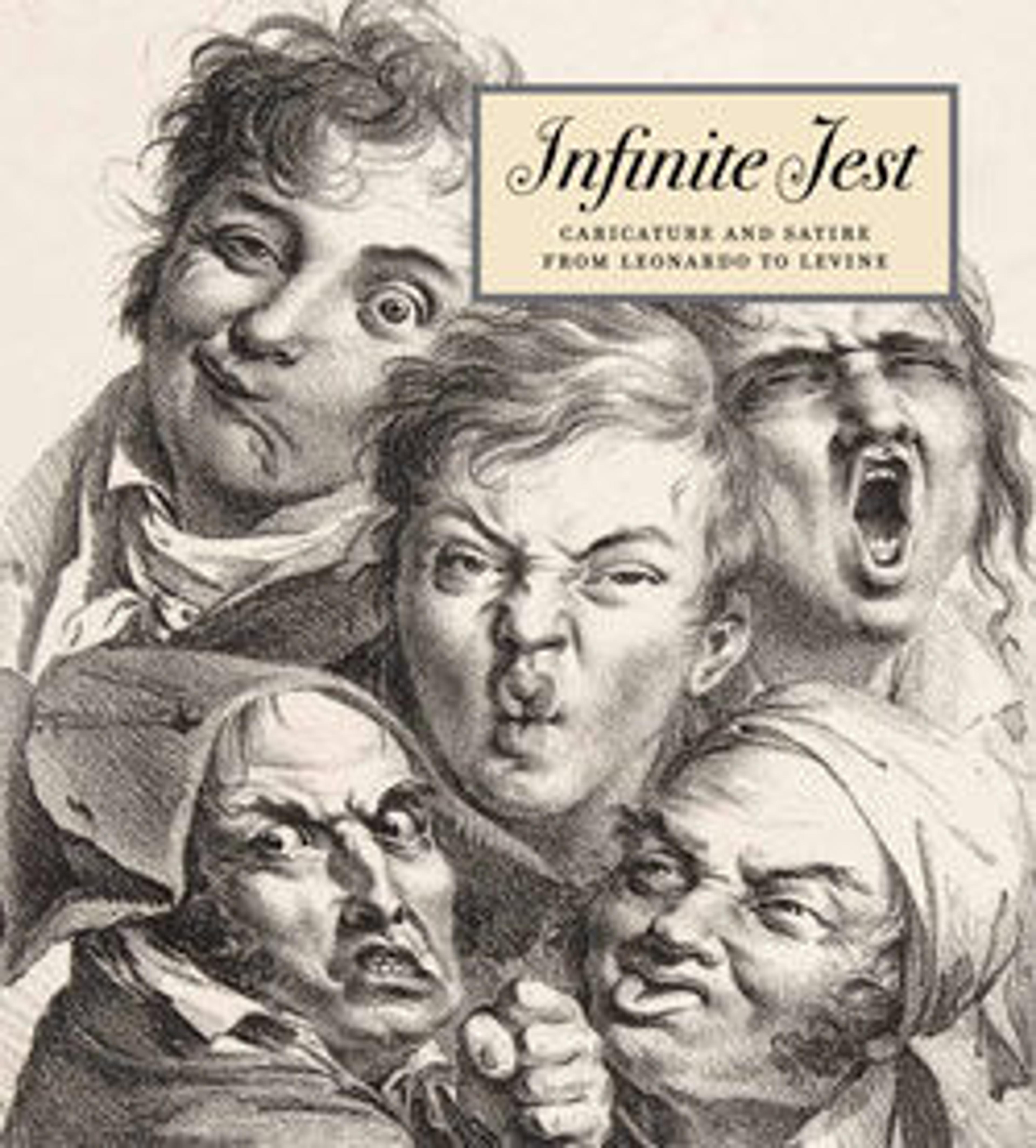The Crayfish at Longchamps
In March 1822 the French government instituted new restrictions on the press that would bring to trial any newspaper or journal expressing opinions perceived as potentially damaging to the Crown, to the church, or to public peace and morality. Delacroix's political satires created in the months following the institution of this law ridicule the backward-looking censors. Two enormous crayfish carry a surreal set of riders. The one in the foreground bears an old woman who stands for the Royalist newspaper La Quotidienne, which had nothing to fear from the new law, as well as several press censors and academicians in old-fashioned dress. One of these shouts, "En arrière, marche!" (Backward, march!). The second crayfish bears a conical sugarloaf (pain de sucre) seated on a chair (chaise) alongside a banner displaying the scissors of the censor - an allusion to the censors Marie-Joseph Pain and La Chaize. A long explanatory text accompanying the image in the leftist newspaper Le Miroir refers to the crayfish mounts as "perfectly suited to these men who never rose to any heights and usually walked backward." In the background, elegantly dressed horsemen ride toward the unfinished Arc de Triomphe, a symbol of the opposing liberal Bonapartist ideology.
Artwork Details
- Title:The Crayfish at Longchamps
- Artist:Eugène Delacroix (French, Charenton-Saint-Maurice 1798–1863 Paris)
- Printer:Charles Motte (French, 1784–1836)
- Date:1822
- Medium:Lithograph; second state of two
- Dimensions:Sheet: 8 7/16 x 12 1/8 in. (21.5 x 30.8 cm)
- Classification:Prints
- Credit Line:The Elisha Whittelsey Collection, The Elisha Whittelsey Fund, 1958
- Object Number:58.512.10
- Curatorial Department: Drawings and Prints
More Artwork
Research Resources
The Met provides unparalleled resources for research and welcomes an international community of students and scholars. The Met's Open Access API is where creators and researchers can connect to the The Met collection. Open Access data and public domain images are available for unrestricted commercial and noncommercial use without permission or fee.
To request images under copyright and other restrictions, please use this Image Request form.
Feedback
We continue to research and examine historical and cultural context for objects in The Met collection. If you have comments or questions about this object record, please contact us using the form below. The Museum looks forward to receiving your comments.
